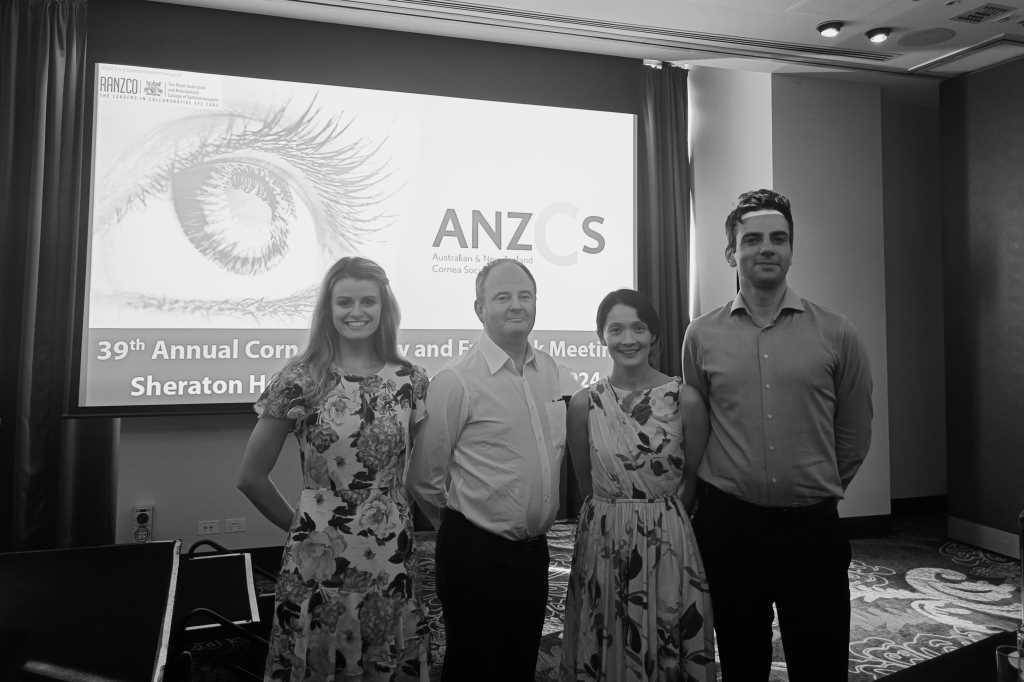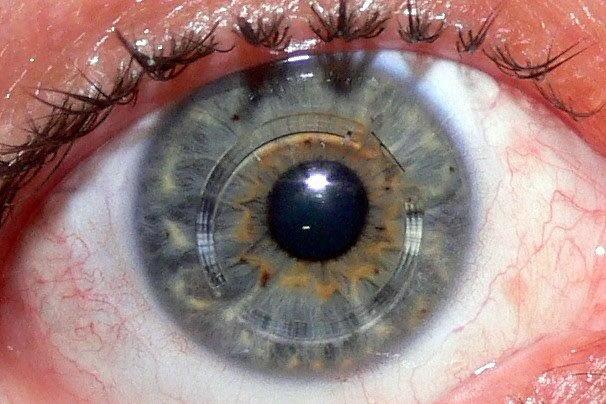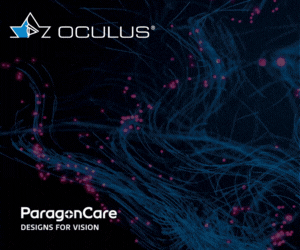Vitreoretinal research review - May 2024
Real-world safety and effectiveness of voretigene neparvovec: results up to two years from the prospective, registry-based Perceive study
Fischer M, et al
Biomolecules. 2024 Jan 17;14(1):122.
Review: The RPE65 gene is expressed in retinal pigment epithelium (RPE) cells and codes for a crucial enzyme in the visual cycle. Individuals who inherit mutations in both alleles of this gene develop severe retinal degeneration and visual loss: Leber congenital amaurosis or retinitis pigmentosa. Voretigene neparvovec is a recombinant adeno-associated virus gene-therapy vector that delivers functioning copies of RPE65 when administered by subretinal injection after vitrectomy. It has been approved by the US FDA and the European Medicines Agency based on improved visual function in clinical trials.
This paper from early 2024 reports post-surgical outcomes in a cohort of 103 patients receiving the vector in real-world clinical use, outside clinical trials. The retrospective study aimed to evaluate safety and efficacy, including treatment-emergent adverse events and visual function. Data collected was not standardised owing to the number of sites involved. Although no clinically meaningful change in visual acuity was noted, there was a mean improvement in white light full-field sensitivity of around 16dB. This was better in patients under the age of 18 at treatment. Adverse events were common (34%) but most were mild, with chorioretinal atrophy at the injection site the most frequent, but this was generally not visually significant. Around 7% of patients developed intraocular inflammation. The authors concluded safety and visual function results in the real world are similar to those in a clinical trial setting.
Comment: For many years a theoretical dream only, the approval of this agent for clinical use outside trials makes gene therapy a reality. Unfortunately, this treatment is unsuitable for the many patients with inherited retinal dystrophy who do not have RPE65 mutations. Medsafe approved voretigene neparvovec and Pharmac evaluated the application last year, but funding has been deferred until further data on long term efficacy are available. Hopefully this paper and subsequent follow-up studies in a real-world clinical cohort, will contribute to the evidence needed for them to approve funding in New Zealand.
Surgery, tissue plasminogen activator, antiangiogenic agents and AMD study: a randomised controlled trial for submacular haemorrhage secondary to AMD
Gabrielle PH, et al
Ophthalmology. 2023 Sep;130(9):947-957.
Review: This randomised trial compared surgery for submacular haemorrhage with intravitreal injection. The study’s 90 patients were randomised to two groups and 78 were analysed, with losses to follow up evenly split between the two groups.
Group 1 underwent vitrectomy surgery, subretinal injection of tissue plasminogen activator (tPA) and gas injection. Group 2, labelled ‘pneumatic displacement’, underwent just intravitreal tPA injection and gas. Both groups received intravitreal ranibizumab at the time of treatment and again at months one and two. The primary endpoint was mean change in visual acuity from baseline to three months, when final analysis was conducted. In the vitrectomy group, acuity improved by 16.8 letters and by 16.4 in the pneumatic displacement group (no significant difference). The adjusted difference was 1.9 letters, with a confidence interval of -11 to +14.9 letters. The authors concluded this trial does not provide evidence that vitrectomy is a superior treatment to pneumatic displacement in the treatment of submacular haemorrhage.
Comment: This is a clinically useful study. Submacular haemorrhage is an acute presentation of neovascular age-related macular degeneration (nAMD) and sometimes the first indication of the disease. Because it typically results in profound visual loss, there is much interest in establishing evidence-based treatment to give the best possible visual recovery. Prompt access to vitrectomy with subretinal tPA injection is not always available. This study shows that surgery is not superior, so clinicians can justifiably treat these patients with intravitreal tPA and gas injection only. However, it is important to realise that this study has not proven the two techniques to be equivalent, as the confidence interval shows surgery could be anything from 11 letters worse to 15 letters better than pneumatic displacement. Surgical trials are notoriously difficult to both carry out and use to establish high-level evidence.
Patient satisfaction after EDOF intraocular lens implantation in vitrectomized eyes.
Van Hoe W, et al
Graefes Arch Clin Exp Ophthalmol. 2023 Dec;261(12):3465-3474.
Review: In this retrospective study, the authors sent validated quality-of-life questionnaires to patients who had undergone vitrectomy with implantation of an extended depth of focus (EDOF) intraocular lens (IOL). Reasons for surgery were: floaters, retinal detachment not involving (or only very recently involving) the macula and early epiretinal membrane. The Zeiss AT LARA was the only EDOF IOL used.
Of 105 possible participants, 89 responded by completing the questionnaires: Catquest for general visual function, NAVQ for near and intermediate vision and APPLES for visual disturbances. The median Catquest score fell between “no difficulty” and “some difficulty” for various visual functions. NAVQ results for near vision equated to being able to read “with some effort”; intermediate was a little better. Measures of visual disturbance on APPLES suggested low levels overall. There was a high prevalence of spectacle independence after surgery – 89% in the bilaterally pseudophakic group but less with unilateral implantation, although both groups reported similar satisfaction levels. Patients having surgery for floaters were somewhat less satisfied overall. Only 8% of respondents said that they would not have an EDOF IOL again.
Comment: It is widely accepted that EDOF lenses are less likely to perform well in eyes with macular pathology, so patients undergoing phaco-vitrectomy for conditions such as epiretinal membranes and retinal detachment would routinely be offered standard monofocal lenses. This has certainly been my practice to date.
This study shows that patients receiving a diffractive design of EDOF lens in the setting of vitrectomy for common conditions are generally highly satisfied and their visual disturbances manageable. This is useful data for both cataract and vitreoretinal surgeons, although the impact of the study would be increased by including results of the same questionnaires for a group matched for age and refractive status who also had EDOF lenses but without previous vitrectomy.

Dr Oliver Comyn is a consultant ophthalmologist specialising in vitreoretinal surgery. He works at St George’s Eye Care in Christchurch and as a senior medical officer for Health New Zealand, and is chair of the New Zealand Save Sight Society.



























